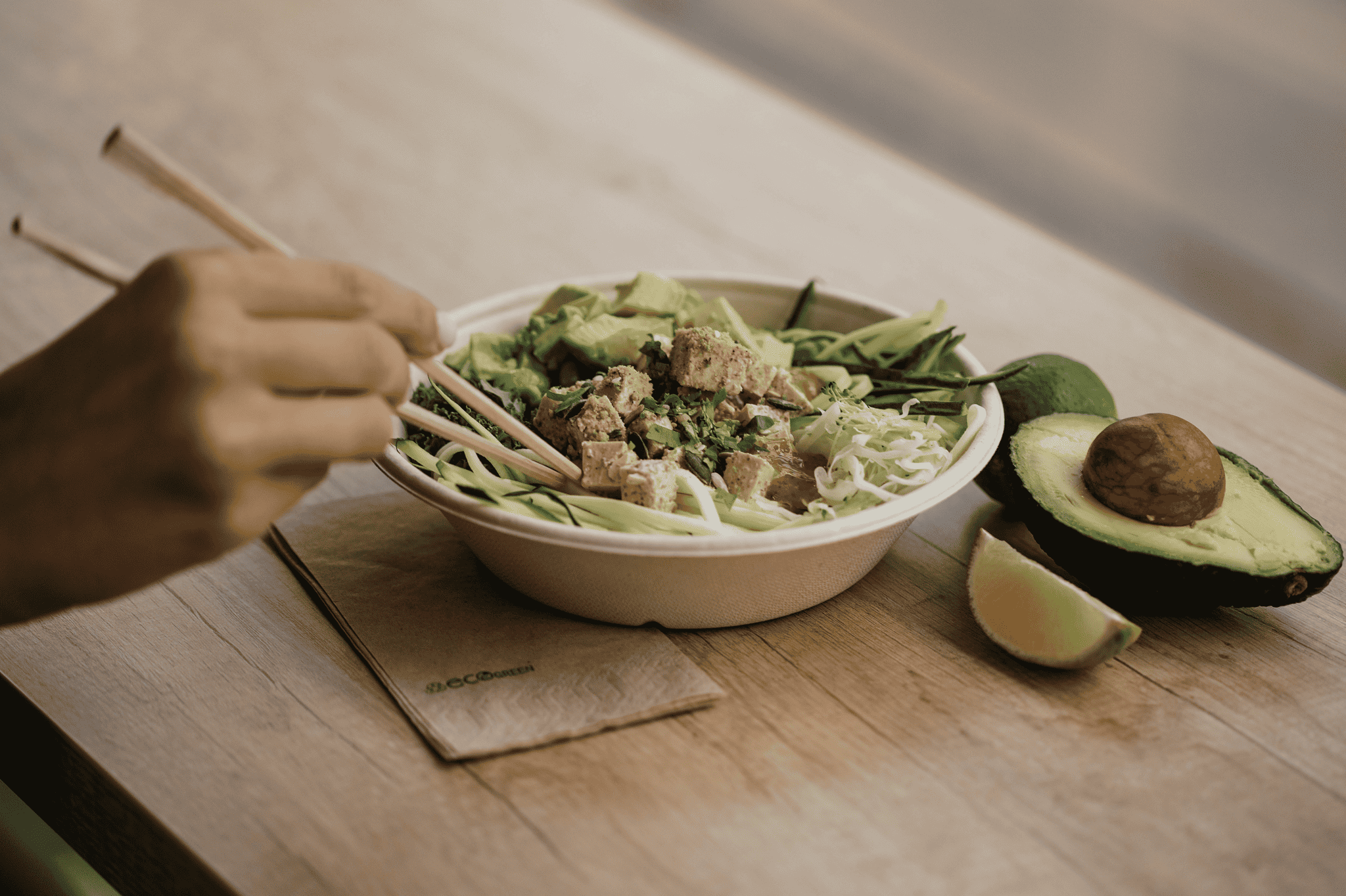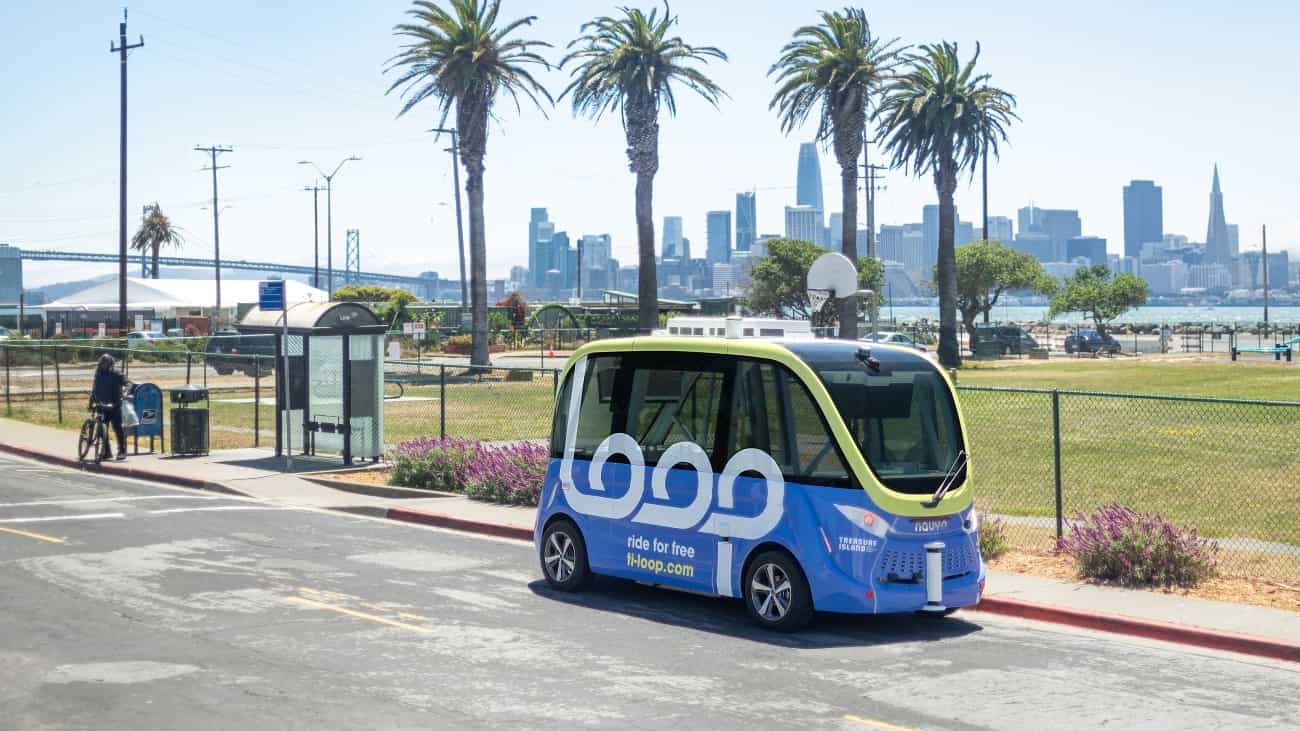
The US Department of Agriculture (USDA) has granted historic approval for UPSIDE Foods and Good Meat to produce and sell cell-cultivated chicken in the United States. This marks a significant milestone for the cultivated meat industry, seen as a potential solution for global warming, animal welfare, and food security. Good Meat, already approved in Singapore, will partner with chef José Andrés, while UPSIDE Foods will introduce its product at San Francisco’s Bar Crenn. Both companies achieved key regulatory milestones, including FDA approval, USDA label approval, and USDA grant of inspection.
- Both UPSIDE Foods and Good Meat achieved key regulatory milestones.
- Cell-cultivated meat is derived directly from animal cells rather than traditional livestock farming methods.
- Cultivated meat has garnered attention for its potential to address global warming, animal welfare, and food security concerns.
A new era in meat production
Cell-cultivated meat production is set to revolutionize the food industry, with products derived directly from animal cells rather than traditional livestock farming methods. UPSIDE Foods, the first cultivated meat company worldwide, has received approval from the USDA to produce and sell its cell-cultivated chicken in the US, marking a new era in meat production. The company has achieved all three key regulatory milestones, including a “No Questions” Letter from the FDA and label approval from the USDA.
Good Meat, a division of Eat Just, which counts Bill Gates among its investors. After introducing their chicken in Singapore they now will enter the American market in partnership with renowned chef José Andrés. Both UPSIDE Foods and Good Meat aim to produce real meat grown from animal cells, with plans to expand their production capacity to meet the increasing demand for sustainable and ethical meat options.
Environmental and ethical benefits
Cultivated meat has garnered attention for its potential to address global warming, animal welfare, and food security concerns. The production process involves fewer greenhouse gas emissions and requires less land and water compared to traditional livestock farming. Additionally, lab-grown meat is expected to be free of contaminants like E. coli and salmonella, providing a safer option for consumers.

Despite the environmental and ethical advantages, cultivated meat is not considered vegetarian as it still relies on animal cells for production. However, the nascent industry offers an alternative protein source that could alleviate the pressure on conventional meat production and reduce the environmental impact of livestock farming.
Regulation and market entry
The USDA and the FDA jointly regulate the cultivated meat industry, ensuring that products meet safety and quality standards before entering the market. UPSIDE Foods and Good Meat have both received approval for their labels, a crucial step in gaining consumer trust and acceptance.
While lab-grown meat is not yet available in stores, it is expected to make its debut in restaurants sooner. Good Meat is partnering with chef José Andrés to introduce their product at a Washington, DC restaurant, while UPSIDE Foods plans to launch its cell-cultivated chicken at San Francisco’s Bar Crenn, prepared by 3-Michelin Star chef Dominique Crenn. Both companies have plans to make their products available in supermarkets in the future.
Cost and consumer adoption
One of the main challenges for the cultivated meat industry is achieving price parity with traditional meat products. The cost of developing lab-grown meat has significantly decreased over the years, but it remains more expensive than conventional meat. Nonetheless, both Good Meat and UPSIDE Foods aim to sell their products at the same price as traditional meat or even cheaper.
Consumer acceptance of cultivated meat will be crucial for the industry’s success. As the products become more accessible and affordable, public perception and willingness to try new protein sources will play a significant role in shaping the future of meat consumption.







